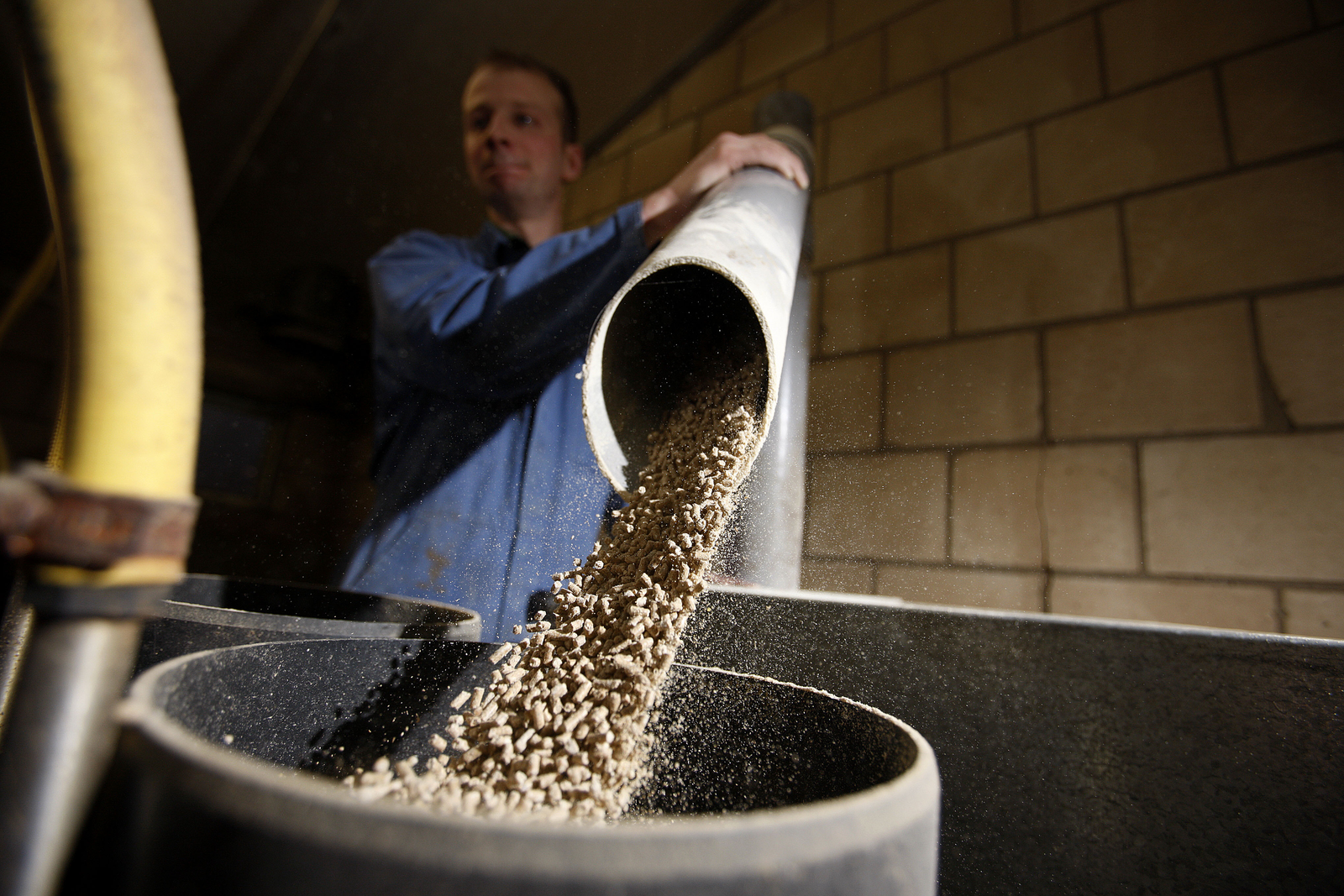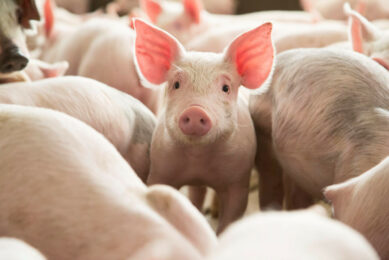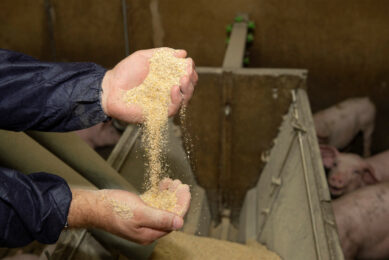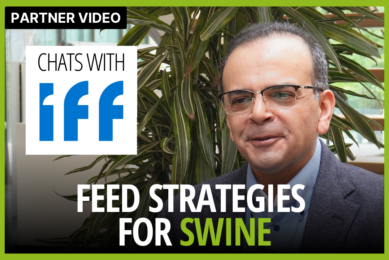Lower zinc levels do not pose problems

The zinc contents in animal feed can be lowered. This is the conclusion of Efsa, the European Food and Safety Authority, that looked into the current zinc content used in animal diets. Experts also agree that animals can cope with lower zinc in the diets.
Zinc (Zn) is an important trace mineral but excess dietary Zn will be recovered in faeces, leading to accumulation of these elements in the environment. The Zn accunmaltion iin the environment and plants may lead to an unstable situation for some crops. From an environmental point of view it is therefore desirable to reduce Zn (and copper) levels in animal diets, minimizing faecal excretion without compromising animal health and production performance.
Extra effect from phytase
The FEEDAP Panel from Efsa developed, based on an approximation using zinc requirements and background data, potential new maximum contents, which could replace the current ones. The newly proposed total maximum contents are: 150 mg Zn/kg complete feed for piglets, sows, rabbits, salmonids, cats and dogs; 120 mg Zn/kg complete feed for turkeys for fattening; 100 mg Zn/kg complete feed for all other species and categories. The use of phytase in feeding piglets, pigs for fattening and sows would allow a further reduction of the newly proposed total maximum contents by 30% (from 150 to 110 mg Zn/kg feed for piglets and sows and from 100 to 70 mg Zn/kg feed for pigs for fattening).
Dutch levels are already lower
In an interview with Dutch publication Boerderij, Dutch animal feed expert Paul Bikker form Wageningen UR Livestock Research expects no major consequences for livestock when these stricter norms are being implemented. The advisory norms that are used by Livestock Research is 60 milligram per kilo feed for fattening pigs. This is much lower that the suggested norms from Efsa. For piglet feed, 80 milligram would be sufficient, based on use of zinc sulphate. According to Bikker, most animal feed that is produced in the Netherlands already contains the new maximum levels from Efsa, also part of the fattening pig feed. Also for poultry feed, he doesn’t see any problems with lowering the zinc contents in the diets. Bikkers colleague Roselinde Goselink thinks cattle can also perform well with the newly proposed zinc inclusion rates. The Dutch cattle feed has a zinc level between 60 and 130 milligram per kg, according to Goselink. “Hundred milligram of zinc in the total ration of cattle is more than enough”.
20% less emissions
Excess mineral output into the environment can be reduced by feeding minerals at levels that meet the best estimates of maximum individual requirements, which means it is necessary to make changes in current commercial and legislative practice. A statement already made by N.F. Suttle in 2010. In addition, Shelton and co-authors also showed in 2004 that the removal of all supplementary trace minerals from a fattening ration for pigs has only minor effects on performance and carcass quality, and not all are negative. Efsa expects that the introduction of the newly proposed total maximum contents, provided they are applied in feeding practices, would result in an overall reduction of zinc emissions from animal production of about 20%.












